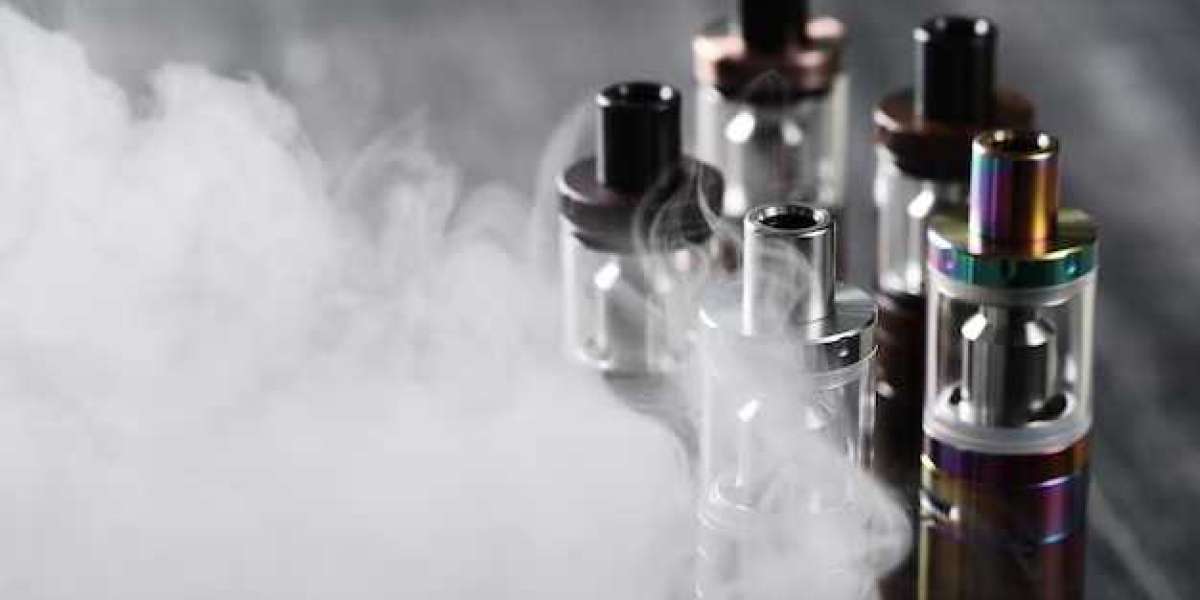Vaping has surged in popularity over the past decade, offering a seemingly safer alternative to traditional smoking. A key factor driving this trend is the diverse array of vape flavors, ranging from fruity concoctions to dessert-inspired blends. However, this rise in popularity has also sparked intense debate about the safety of these flavors. Are they truly harmless, or do they pose unseen risks to users? Let’s dive into the vape flavor controversy to explore what’s safe and what’s not.
Safety Tips for Using Nic Salts
Use the Right Device: Avoid using high-powered devices with ivg nic salts, as this can result in excessive nicotine intake.
Store Properly: Keep your e-liquids in a cool, dry place, away from children and pets.
Monitor Your Usage: Nic salts provide rapid nicotine delivery, so vape in moderation to avoid overconsumption.
Why Vape Flavors Matter
Vape flavors are not just an added attraction they play a significant role in user experience. For many, the ability to choose flavors makes vaping more appealing than smoking. However, concerns arise when evaluating the long-term health impacts of the chemicals used to create these flavors.
Common Vape Flavor Ingredients
Most vape flavors are composed of:
Propylene Glycol (PG): A base ingredient used to create the "throat hit."
Vegetable Glycerin (VG): Adds sweetness and produces thick vapor clouds.
Flavoring Compounds: Derived from food-grade ingredients, these are the most controversial components.
While PG and VG are generally recognized as safe for ingestion, their effects when inhaled remain unclear. The real concern lies in the flavoring compounds, which are not originally designed for inhalation.
The Risks of Vape Flavors
Chemicals and Respiratory Health
Some flavoring compounds, such as diacetyl, have been linked to severe respiratory conditions like bronchiolitis obliterans, also known as "popcorn lung." Though many manufacturers now avoid diacetyl, other harmful chemicals may still be present in certain flavors.
Toxicological Concerns
Research has shown that some flavors, particularly sweet and fruity ones, produce higher levels of reactive oxygen species (ROS) when vaporized. ROS can damage cells and contribute to inflammation and oxidative stress, increasing the risk of respiratory and cardiovascular issues.
Heavy Metals and Contaminants
The heating process in vaping devices can release metals like nickel, lead, and chromium, which may combine with flavoring compounds to exacerbate toxicity.
Flavors Under Scrutiny
Certain flavors are considered riskier than others due to their chemical composition:
Cinnamon
Cinnamon-flavored vape liquids often contain cinnamaldehyde, a compound shown to be toxic to lung cells in laboratory studies.
Vanilla and Cream
These flavors may include compounds like acetoin and acetyl propionyl, which are chemically similar to diacetyl and carry similar risks.
Fruity and Sweet Flavors
Fruity flavors often use artificial esters and aldehydes, which can irritate the respiratory tract and may have toxic effects when inhaled over time.
Regulatory Oversight and Industry Response
Government agencies and health organizations worldwide have started to crack down on flavored vape products. In the U.S., the FDA banned flavored pod-based vape products (except menthol and tobacco) in 2020 to curb teen vaping. However, open systems and disposable vapes with a variety of flavors are still widely available.
To address safety concerns, some manufacturers now test their products for harmful substances and avoid high-risk ingredients. Yet, without strict regulations, inconsistencies in safety standards persist across the industry.
How to Vape Safely
If you choose to vape, consider the following tips to minimize risks:
Opt for Reputable Brands: Purchase vape liquids from trusted companies that adhere to safety standards and disclose ingredient lists.
Avoid Risky Flavors: Steer clear of flavors known for containing harmful chemicals, such as cinnamon, vanilla, and buttery profiles.
Use Low Temperatures: Higher temperatures increase the likelihood of harmful chemical reactions.
Stay Informed: Keep up with research and regulatory updates to make educated choices.
Conclusion
The vape flavor controversy highlights the complexity of assessing the safety of e-cigarettes. While vaping may be a less harmful alternative to smoking, it is not without risks, especially when it comes to flavored options. Until more comprehensive research is conducted and regulations are strengthened, users should exercise caution and prioritize informed decision-making.














